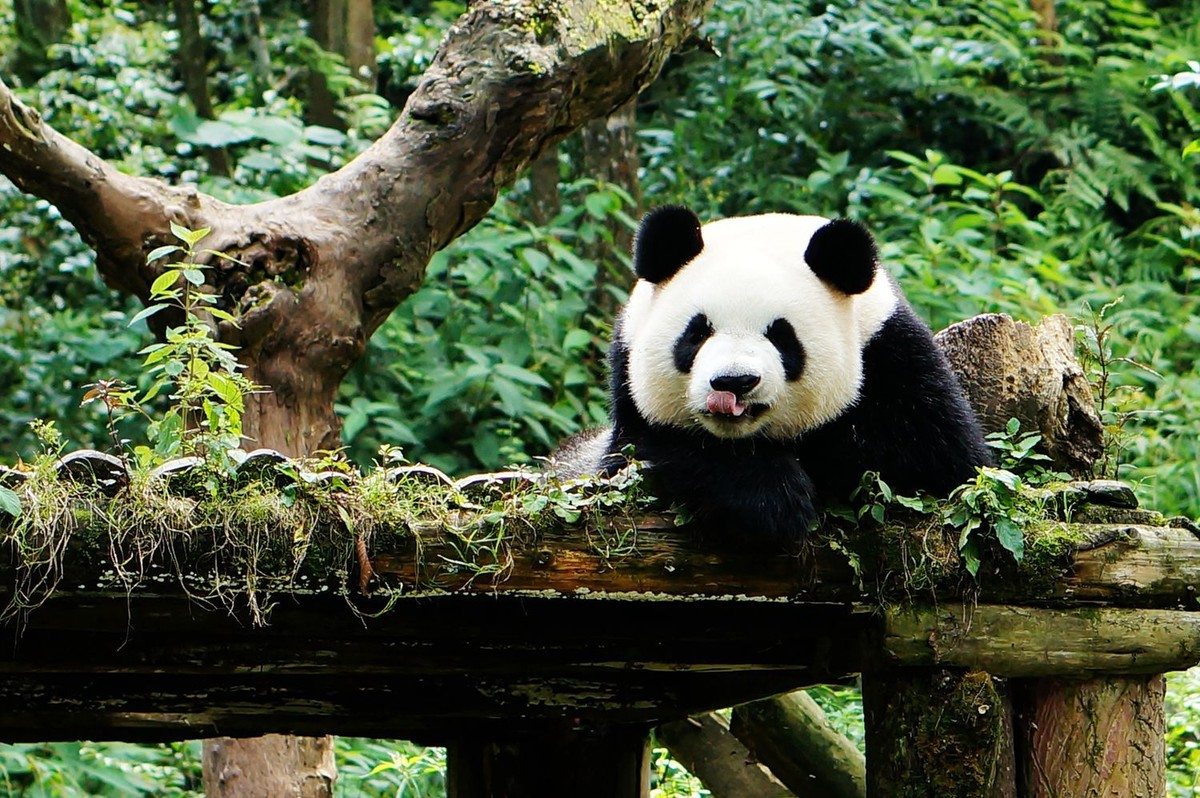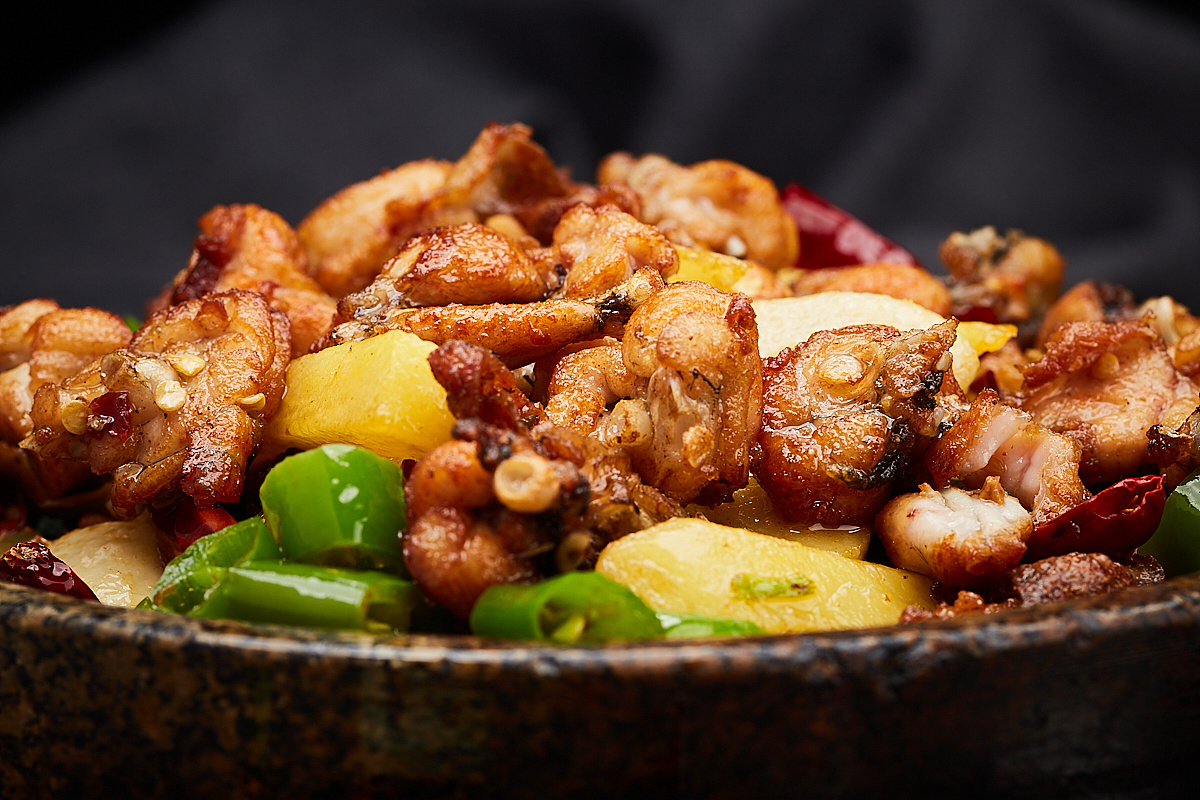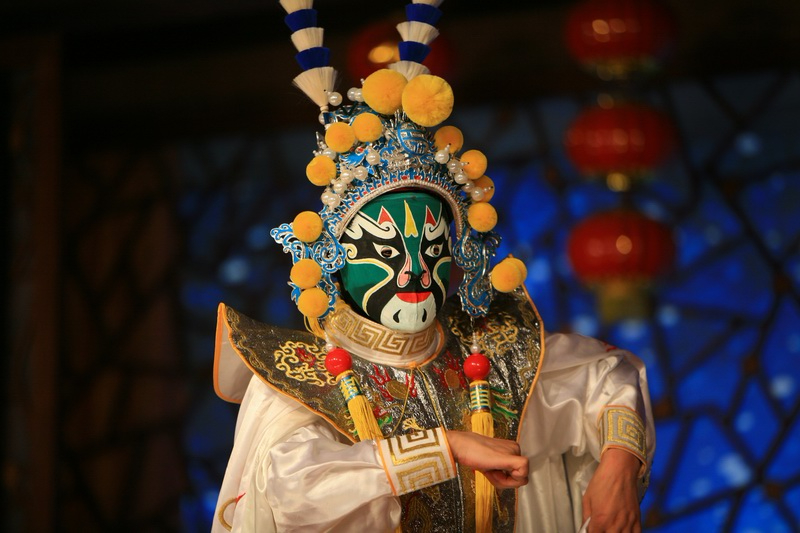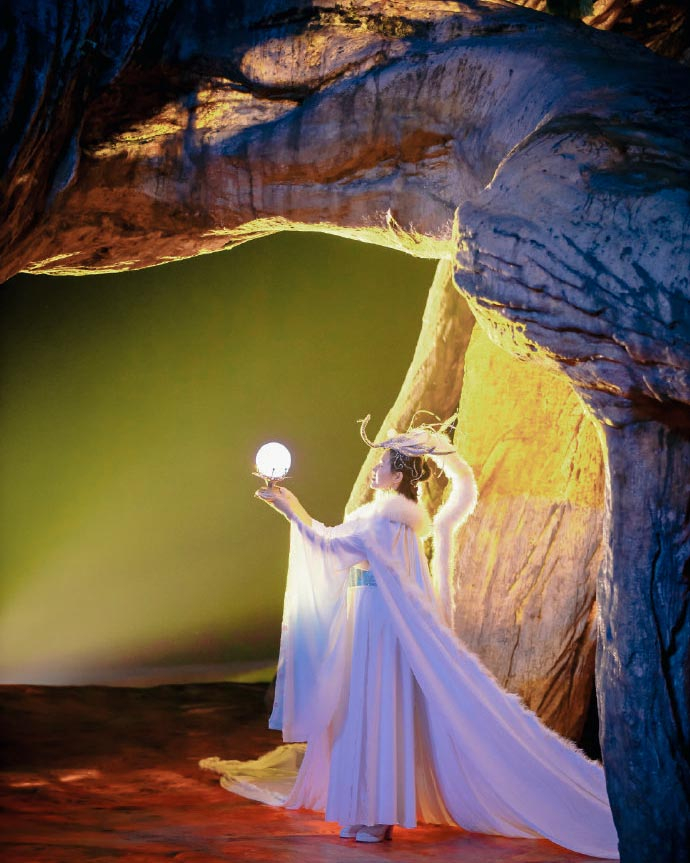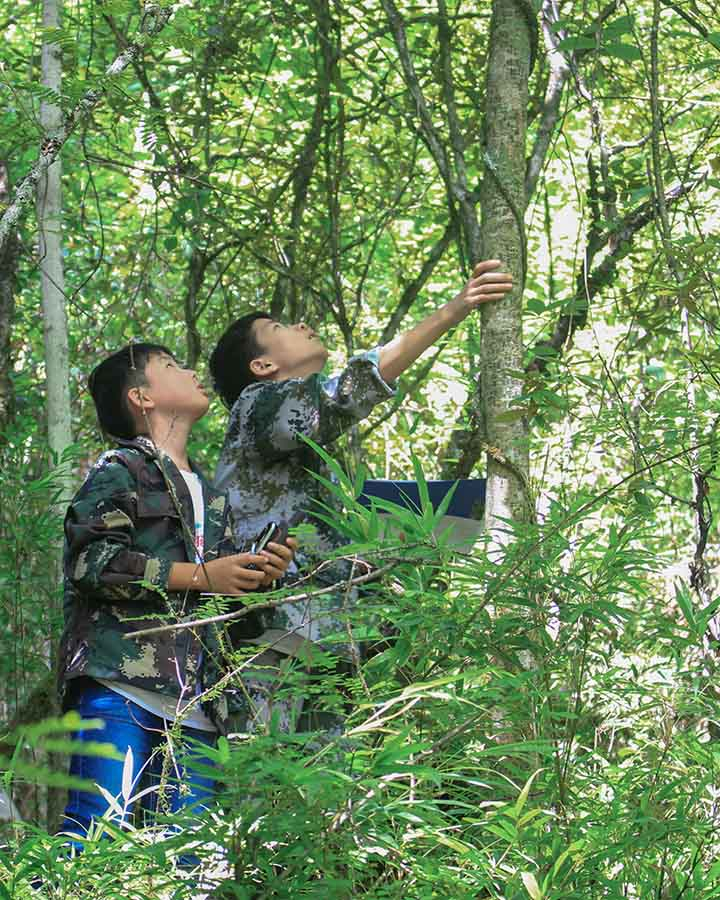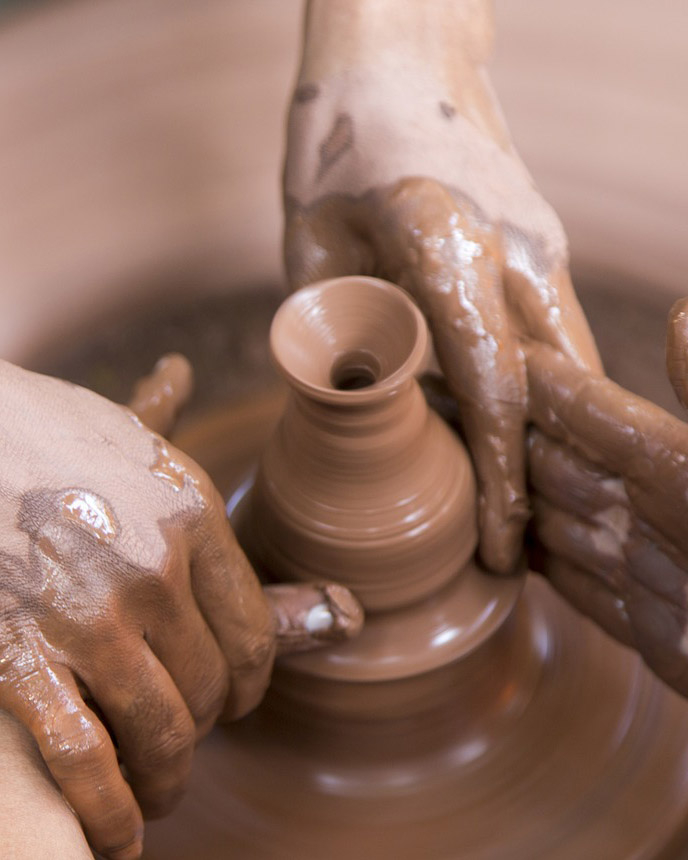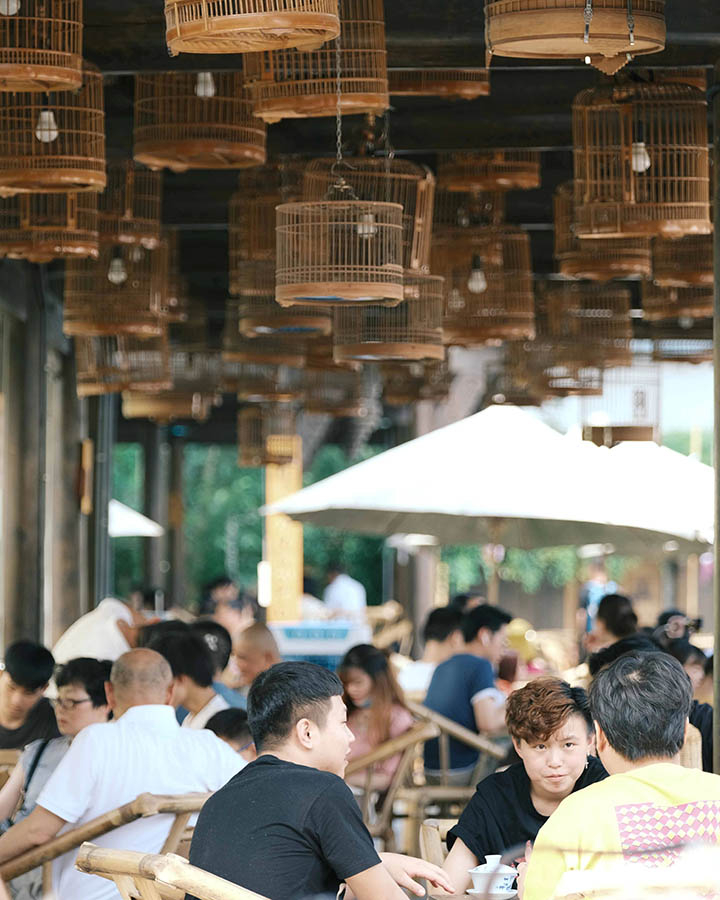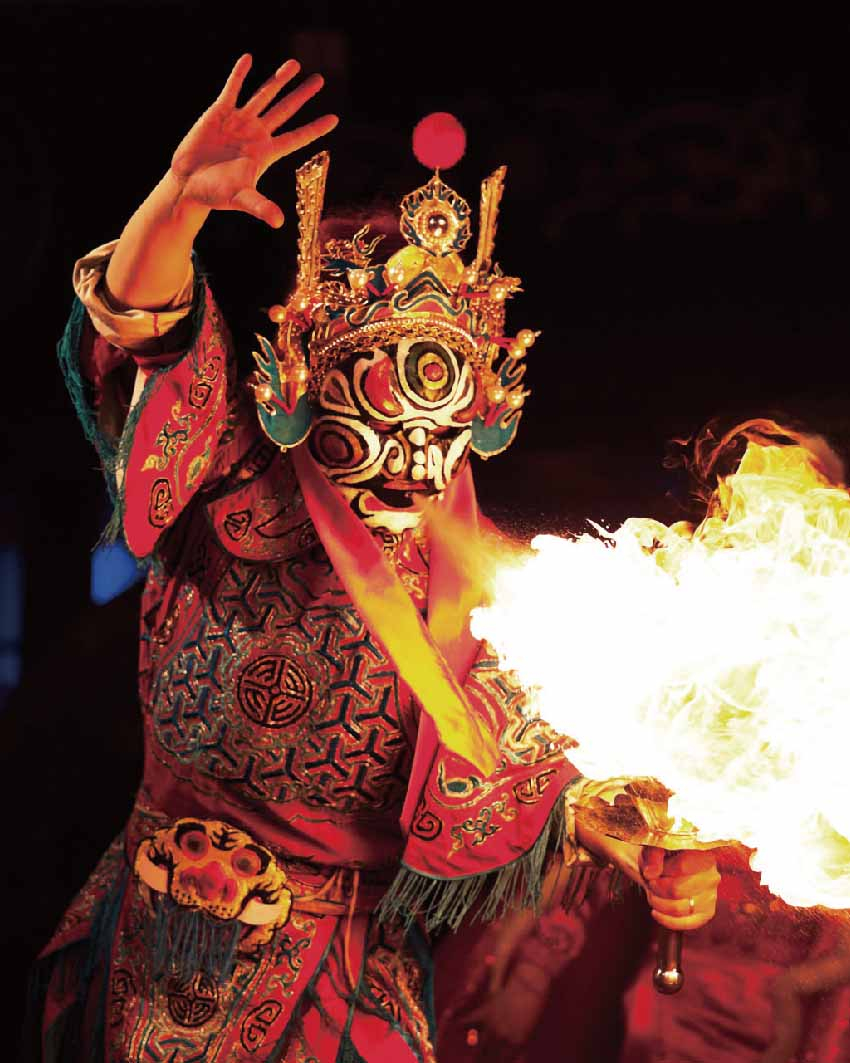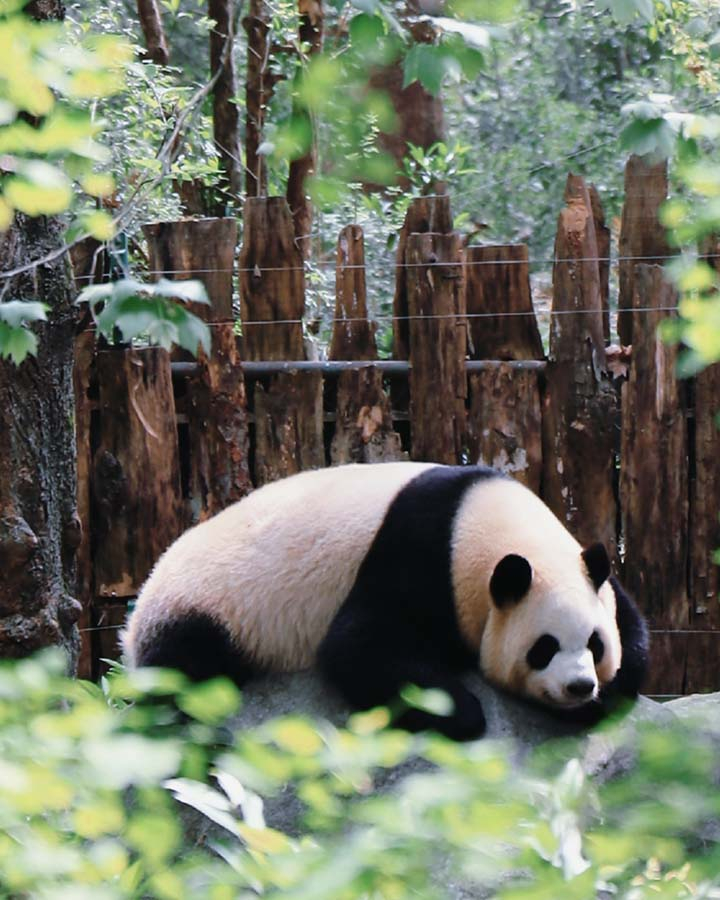Learn to cook Sichuan Cuisine
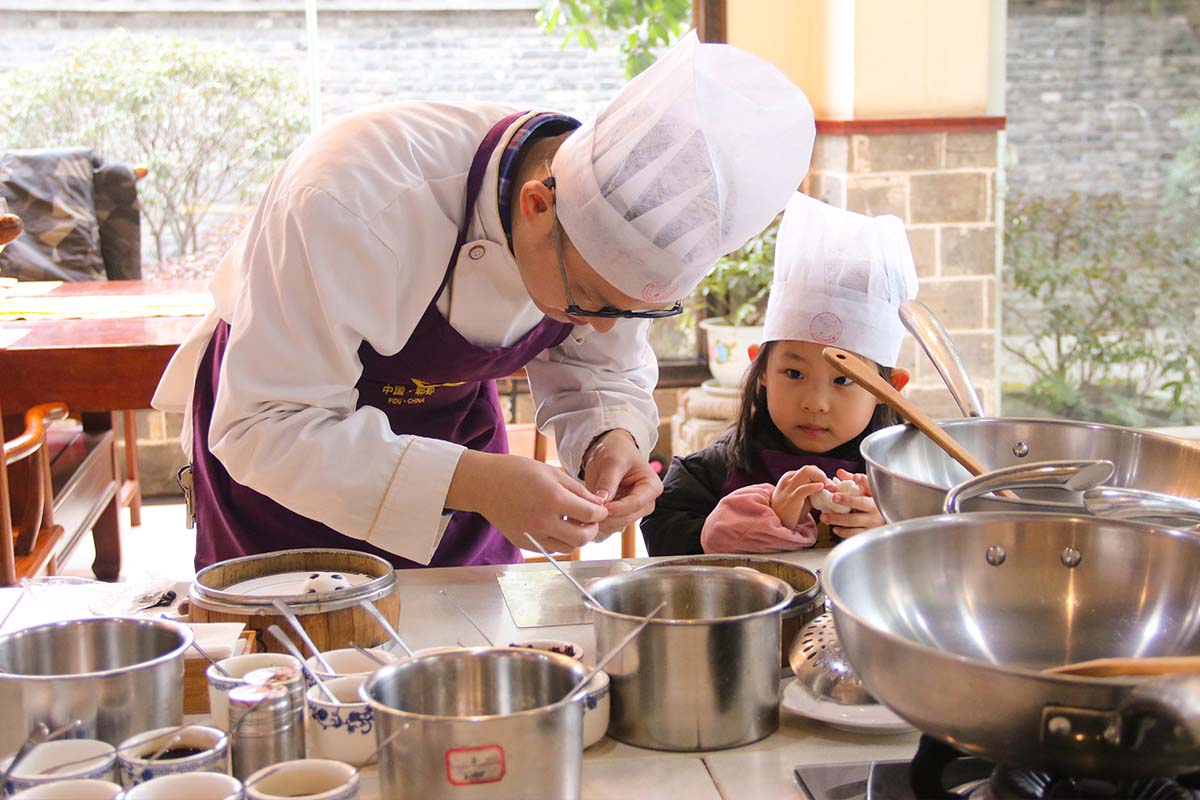
Have you ever heard about “Playing with Sichuan Cuisine”? You may wonder Sichuan cuisine is one of the most famous kinds of Chinese food to eat, how can we play with it?
In Chengdu, the City of Gastronomy, there is a special place to experience comprehensive Sichuan cuisine culture from the origin to modernity, as well as do the cooking class. This unique place is called Sichuan Cuisine Museum, the only EATABLE museum which travelers need not only to watch with their eyes, but also to listen with their ears, smell with their noses, taste with their mouths, and of course, cook with their hands.
By cooking your favorite Sichuan dishes on your own, you’ll have in-depth understanding about slicing technique, fire control, the procedure of accomplishing the dish and of course, get some ideas about the essences of Sichuan cuisine.Start your exploration from Sichuan Cuisine Museum, enjoy different aspects of Sichuan cuisine, satisfy your curiosity and taste buds and experience all fun for “Playing with Chuancais”.
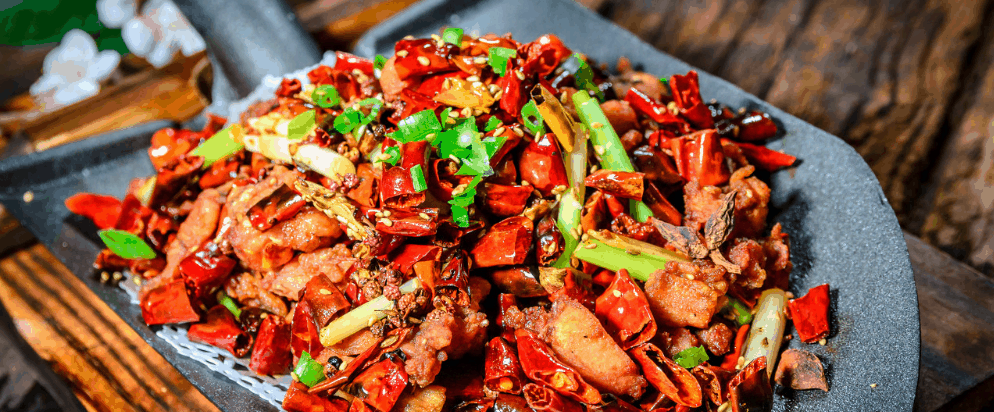
Highlights & Experience You won’t Miss
• Taste Different Kinds of Sichuan Food
• Appreciate Treasures in Classical Collection Hall
• Worship Kitchen God
• Take Part in Sichuan Cuisine Cooking Class
• Taste your dishes and receive a certificate.
• Experience the brewing process of making Pixian chilli bean paste
• A close look at famous cultural relics of Chinese cooking utensils
• Certificate issued by famous Sichuan cuisine master chef
• Unlimited Sichuan snacks tasting
Sichuan Cuisine Museum
Located at GuCheng county PiDu district ChengDu SiChuan province, Chuancais Museum(Sichuan Cuisine Museum) covers an area of 27000 square meters, enjoying the title of national museum of level three and national scenic spot of level AAA. You can appreciate more than 6000 pieces of antique and cultural relics as well as have a sight view of the new style classical garden scenery and traditional western Sichuan style folk houses here.In a word,Chuancais Museum is showing the world the significant part of local Sichuan culture by spreading the Sichuan culture of cuisine, wine, tea, drama, architecture, the style of garden and so on, which has been a unique and popular cultural tourism line of China.
The museum has abundant of tourism resources including natural scenery,cultural tourism, shopping, leisure. You can visit 7 theme areas in it; they are Classical collection Hall, Raw Material Display Area, Kitchen God Ancestral Hall, Old Sichuan cuisine Restaurants Street, Raw Material and Processing Tools Display Area, the Interactive Demonstration Hall and tea house.
As the only “eatable museum”(which means you can find many delicious food here),Chuancais Museum is bringing a version of new museum----visiting can not only finished by using eyes and ears, you can also enjoy it by using mouth and nose. Nowadays, guests’ participation has become an important part of Chuancais’ culture. The core of Chuancais is slicing technique, fire control and the procedure of accomplishing the dish. These parts are changeable, full of experience and also can be called an art, besides, this art can only be inherited by teaching on site.
So we think that the museum should be energetic, it is a better way for the guests to know about Chuancais and fall in love with it through our project of “play with Chuancais”
Chuancais Museum is an “eatable museum ”,a tourism name card of Chengdu.
Chuancais Museum Touring Route
◆ Step01: Tickling your taste buds with local snacks
As entering the museum, a journey about the tasty snacks: Northern-Sichuan style pea jelly, Tofu pudding, Zhong’s dumpling,converge in just one garden complex, revealing Sichuanese nostalgic feelings about street food culture in old days.
◆ Step02: Sightseeing for cultural relics in western-Sichuan garden
While lingering around the museum, visitors may enjoy neoclassical garden scenery in an area of 27,000 m². Our Western-Sichuan building complex is decorated with age elements, such as bricks from the Han Dynasty, black wood folding screen with scented rosewood inlay, Sichuan embroidery and hand-carved wooden door from the Qing Dynasty. Over 6,000 antique collections standing by our sides are telling us an over 3000-year-old story about food origin, cooking methods, kitchen wares as well as chefs and its followers.
◆ Step03: Raw Material Display Area
Here in our brewing factory, 200 odd pots of naturally fermented Pixian chili bean paste is revealing the taste of time. These handmade treasures, aged 1 to 9 years, is well known as the soul of Sichuan Cuisine. Visitors may take part in the strict and sensational process of making paste, which have been produced by “flipping, sun burning and dewing”, a traditional way passed down from 300 years ago Qing Dynasty.
Then, while stretching out your body, a peaceful and lively pastoral picture spreads out in front of your eyes. With organic vegetables growing, rang-free poultry and mixed grain-fed livestock being raised.
◆ Step04: Kitchen god ancestral hall
Respected as a grandmaster of all Chinese chefs, kitchen god involves an essential part of Sichuan culinary culture. The museum boasts the largest Kitchen God Ancestral Hall in the world. Here, visitors may participate a worshipful ritual by offering incense and come to have a perception of cherishing food, drinks, families and anything what we have been endowed.
◆ Step05: Old Sichuan restaurant alley
As wandering in Western Sichuan classical buildings along an alley, visitors may enjoy paintings of Sichuan restaurants well-known in the first half of the 20th century, taking them back to the prosperous time of Sichuan cuisine in those old days.
◆ Step06: Traditional raw material processing tools display area
Here, we take pride in our ancestors’ diligence and wisdom by showcasing such traditional raw material processing tools as wind machine, sugar machine, hit machine, stone grinder, etc. Visitors may be glad to try soy bean milk with grinding machine. Then a bowl of delicious spicy or sweet bean curd pudding will be served up as rewards.
◆ Step07: Cooking class
Under the guidance of our senior chefs, visitors change into chef uniforms and start a cooking class to cook three typical Sichuan dishes, getting sensational experience from firing in the wok, quick stir frying to marvelous presentation. Then our chief executive chef will give comments on
Cooking Class Lessons:
Package A:Panda Steamed Dumplings, Kung Pao Chicken, Mapo Tofu
Package B:Pumpkin steamed dumplings, Daqian Dry-braised Fish, Boiled Beef in Hot Chili Oil
◆ Step08: Enjoying the meal
While sharing the delicious food with friends, visitors may also enjoy extra free service with daily soup, steamed rice, pickles as well as fruit juice, white spirit brewed with traditional Chinese herbs. What’s more, a recipe for dishes on the class will be delivered to students.
◆ Step09: Leisure time in Sichuan tea house
Resting yourself in a bamboo chair and desk, sipping a cup of covered-bowl tea, playing Majong, pacing yourself to be a real native here.
You Might Like
- HOTEST
- RECOMMEND
